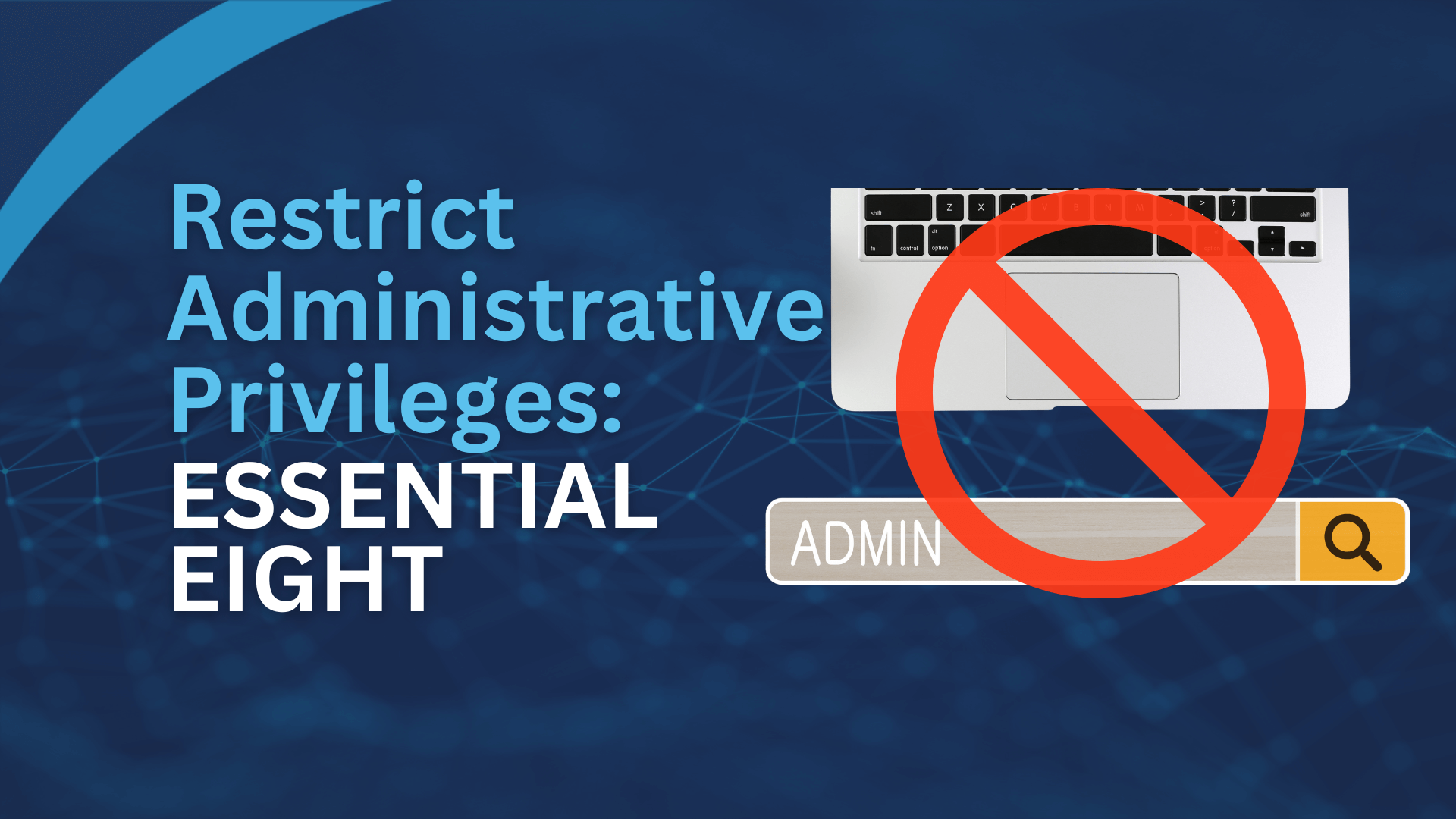If you are running an organisation with a sizeable workforce, maintaining all workstations, servers, and networks at peak performance conditions can at times prove a difficult task for internal IT support teams (assuming you have one in the first place). For uninterrupted business operation and efficient system running, it is imperative businesses outsource their desktop support tasks to an external service provider. These professions have the relevant knowledge with regards to IT problems and have an aptitude for technology and problem solving. But, how do you choose the right desktop support provider for your business? Well, take a look at these tips below and find out:
Evaluate Your Needs
Decide whether or not proximity matters to you. For instance, do you feel it is necessary to have a physical presence at meetings or video chatting works fine for you? If it’s the latter, you have nothing to worry about and can continue your search. This is because most external desktop support teams don’t necessarily have to come over to your business facility to solve small computer troubles or issues. They will provide excellent ‘external’ service whenever you require, even if it’s a national holiday.
Do Your Homework
Now that you have evaluated your needs, it’s time to start searching for a few companies. Start with simple online research and visit different desktop support companies. Look at their portfolios, testimonials, and client details to get an idea about the company. Once that is done, it is imperative you shortlist 3 to 4 firms based on their capabilities. This way, if a particular company doesn’t meet your requirements, you can move to another one.
Ask About Qualifications
Plan a meeting with each of the companies and inquire about the qualifications of the members of their support teams. Keep in mind that to receive the best possible service, you must find an organisation that has personnel with advanced technical qualifications and experience. So, don’t be afraid to ask this directly. If they abstain from answering the question, take it as a clear sign and reconsider hiring them at all.
Discuss the Response Time
As desktop support providers will not be working 9 to 5, they provide 24/7 instant service. As a result, to ensure there are no problems in the future, ask the company how fast they will be able to respond your network, computer, and server-related issues. For example, a 2-hour response time means the company will respond to your problem within two hours (counting from the time you make the call).
Perform a Background Check
Last, but not the least, before making a final decision, ask for references and follow up on those leads. Ask whether the company has a helpdesk to attend to problems and whether or not they have state-of-the-art equipment and software to gain remote access to your network and servers. Also, ask the provider whether they have provided service to any major business. If so, be sure to contact the organisation to verify the provider’s claims.
So, now that you are familiar with the tips mentioned above, choosing a good desktop support provider won’t be a problem.



